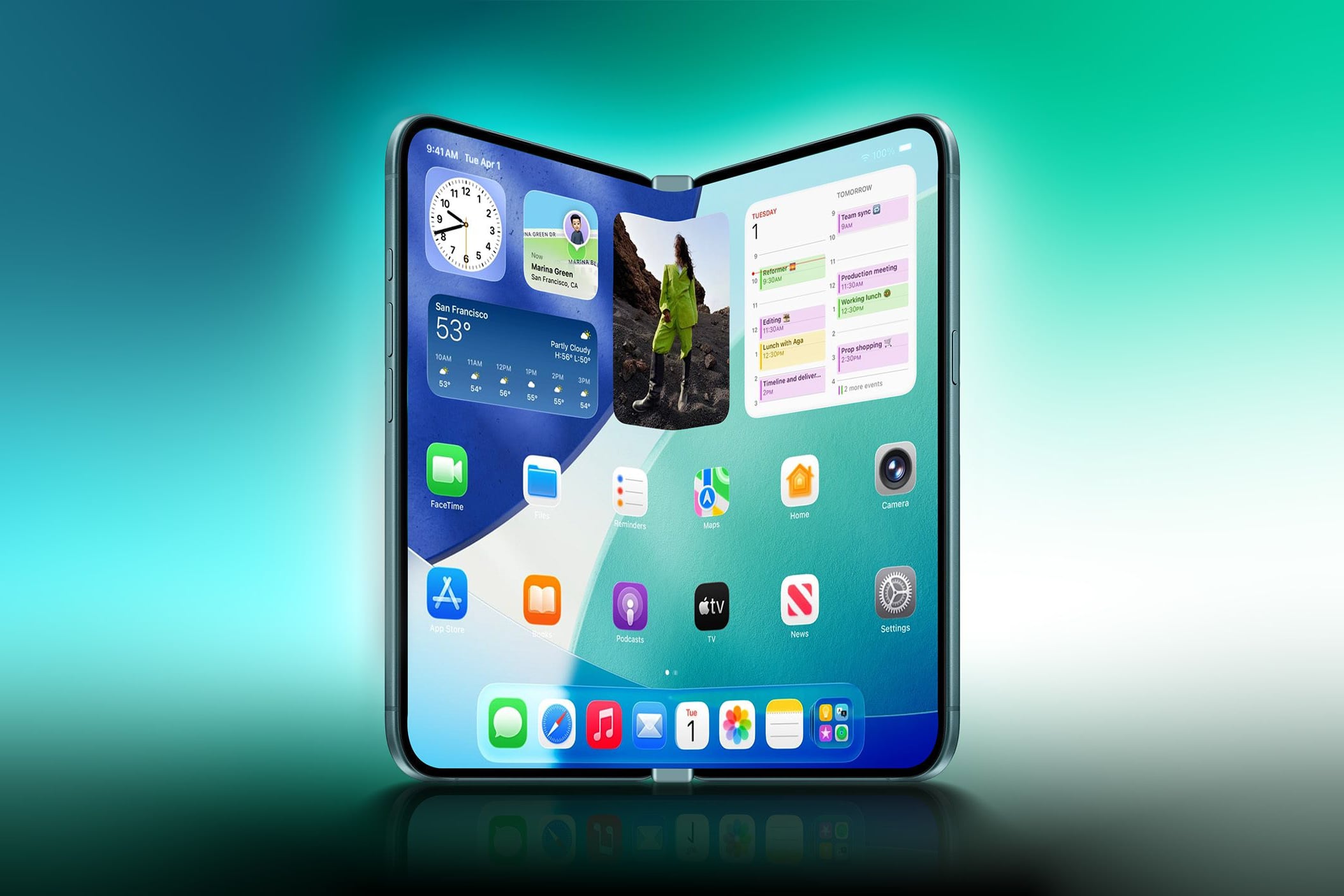Peregrine, an unmanned lunar lander built by a space robotics firm. Astrobotic, was released this Monday morning. This mission will mark the United States’ return to the Moon after more than half a century. It will also be the first time a company-led project has achieved this goal. But things aren’t going well for the team in charge: they’ve spotted a technical glitch that puts their precious target at risk.
Previously, the Astrobotic company announced that its spacecraft Peregrine encountered an “anomaly” that prevented him from guiding his solar panels. A problem that in itself can be catastrophic: if left unaddressed, the module will not be able to charge its battery. And without a battery there was no return mission to the Moon.
“The team believes that the likely cause of the unstable orientation relative to the Sun is a motion anomaly that, if true, would threaten the spacecraft’s ability to land softly on the Moon,” Astrobotic said in a statement. The 1.2-ton module was launched from Cape Canaveral, Florida. It was made during the maiden flight of the Vulcan rocket, developed over a decade by the Boeing-Lockheed United Launch Alliance (ULA).
After a tense couple of hours, Astrobotic announced that its engineers had restored communication with the lunar lander. They then performed a corrective maneuver to reorient Peregrin’s instruments toward the Sun: “We’re charging the battery,” they explained. But after a few minutes they added that in fact A failure in the propulsion system led to a critical stop. this jeopardized the return to the Moon.
On the way to return man to the moon
Astrobotic noted that the team is working to stabilize losses, but acknowledged that the problem is serious. “Given the situation, we are prioritizing making the most of the science and data we can collect,” they said in another statement. “We are currently evaluating which alternative mission profiles may be feasible at this time.”
Astrobotic is the first of three US companies that plan to send unmanned vehicles to the lunar surface this year. The other two are Intuitive Machines and Firefly. All of these operations are the result of NASA’s new partnership with private initiatives aimed, among other things, at reducing costs. All three companies have NASA as a “client,” but the agency is not “responsible” for their missions.
NASA is prepared for possible failures of these missions in its plan to return to the Moon. “If they fail, the next one will learn and succeed,” said Pam Melroy, deputy administrator of the US space agency. BBC December.
Peregrine was scheduled to land on the Moon on February 23 with 20 payloads on board. “This is the moment we’ve been waiting for 16 years,” Astrobotic CEO John Thornton said after the launch. Given what has happened over the past few hours, doubts about the success of the mission are growing.
NASA specifically agreed that the lunar lander Astrobotic will include five instruments designed to study the environment mole. And thus prepare the conditions before sending astronauts back to the Moon this decade, more than 50 years later.
The last US moon landing was Apollo 17 in 1972. Since then, they have never set foot on the surface of the Moon. NASA hopes to resume human travel to the Moon by the end of 2025 with the Artemis III mission. But the schedule was affected by some problems with flight testing, the development of a lunar lander for astronauts and spacesuits. It is now believed that this will happen no earlier than 2027.
Source: Hiper Textual














